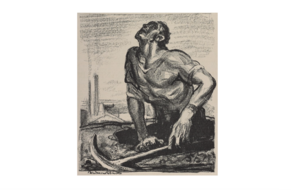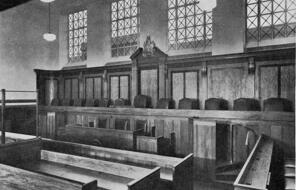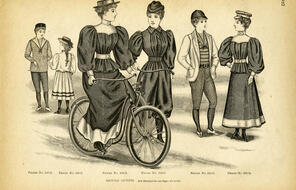
Analytical Writing: A Character Paragraph
Language
English — UKPublished
Overview
About this GCSE Supplement
This optional GCSE supplement gives students the opportunity to engage with one of the characters from An Inspector Calls and write an analytical paragraph on Priestley’s presentation of that character. This is fundamental preparation for the English Literature GCSE.
This GCSE supplement is not a lesson and does not need to be taught as such. It is structured in such a way as to ensure that the various steps necessary for writing an effective character analysis are outlined in an appropriate order:
- Brainstorm ideas and generate claims
- Select the evidence
- Annotate the evidence
- Develop analytical content
- Read a model analytical paragraph
- Write an analytical paragraph
- Respond to feedback and redraft
Engage with the supplement in the way that works for your class, adapting it to their needs and skipping out any steps they will not benefit from completing.
This GCSE supplement is placed at this point in the scheme of work as, by now, students have studied four of the seven main characters: Gerald Croft, Mr Birling, Mrs Birling, and Sheila Birling. We recommend that for this task students do not write about Priestley’s presentation of Mr Birling because students will be rearranging and dissecting a model paragraph for Mr Birling in Step Five of the writing process, as outlined above.
Once students have written their analytical paragraphs, it is important to read and mark them (see the Marking Criteria Codes teaching strategy), giving students in-depth feedback as this will help prepare them to write an essay later in the scheme of work, and throughout English Literature GCSE.
Preparing to Teach
A Note to Teachers
Before teaching this GCSE supplement, please review the following information to help guide your preparation process.
Procedures
Suggested Activities and Steps
Materials and Downloads
Quick Downloads
Download the Files
Unlimited Access to Learning. More Added Every Month.
Facing History & Ourselves is designed for educators who want to help students explore identity, think critically, grow emotionally, act ethically, and participate in civic life. It’s hard work, so we’ve developed some go-to professional learning opportunities to help you along the way.
Exploring ELA Text Selection with Julia Torres
On-Demand

Working for Justice, Equity and Civic Agency in Our Schools: A Conversation with Clint Smith
On-Demand

Centering Student Voices to Build Community and Agency
On-Demand




















